


READING TIME: 5 MINUTES
Anda Kerhoven
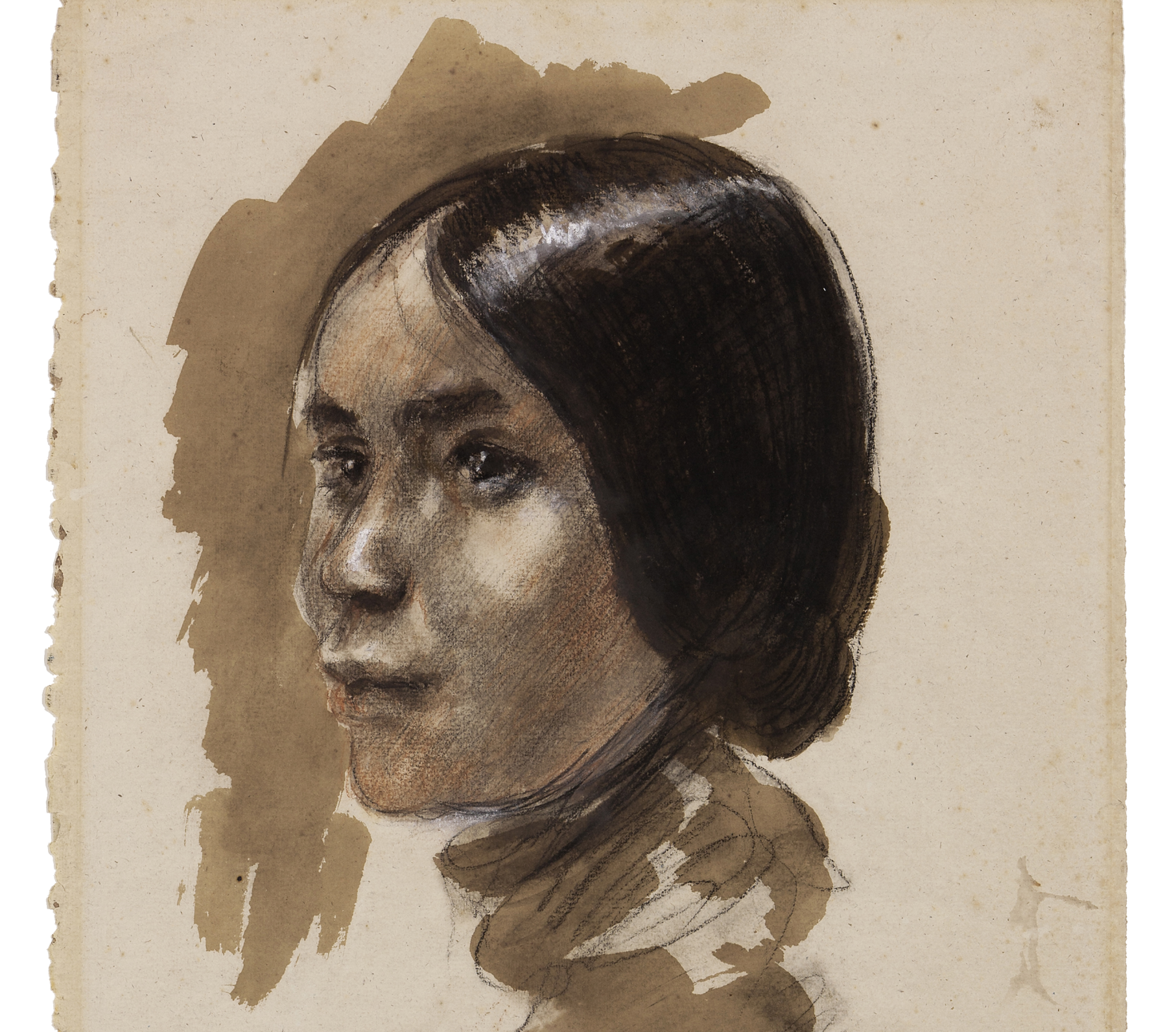
PAINTINGS: JOHAN DIJKSTRA
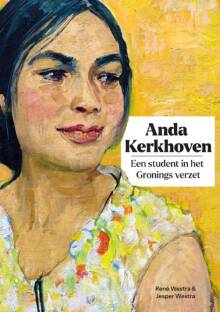
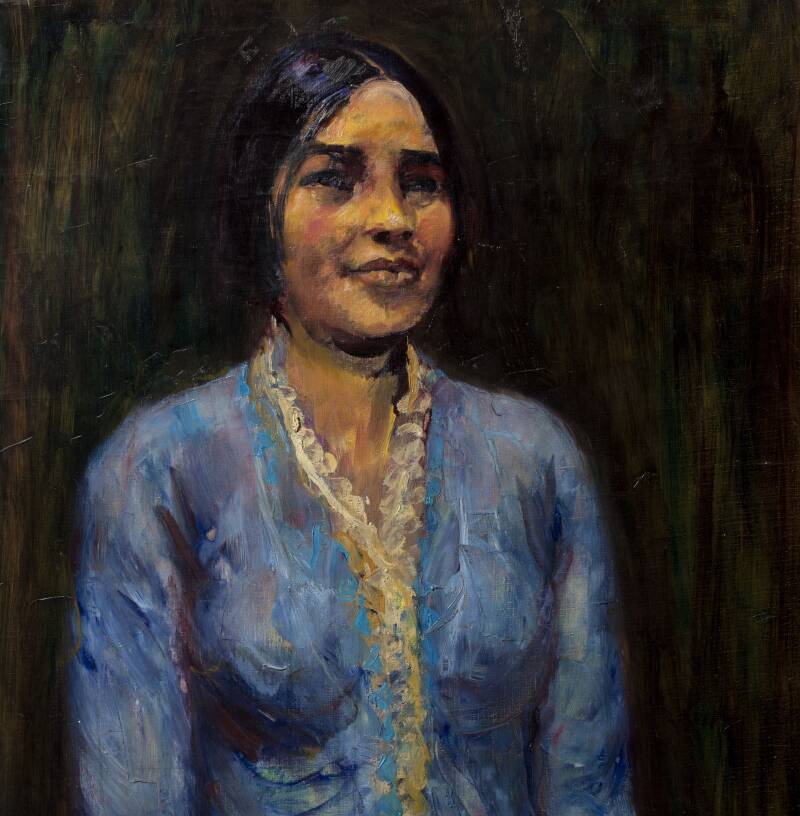
Tragic love story
Much remains unknown about Anda’s student life in Groningen. However, after the book was published, René and Jesper heard a story about her love life, which also ended tragically. Anda is said to have had a relationship with a student she knew from her drawing club. On a boat trip on the Leekster Lake, he reportedly fell off the boat and drowned.
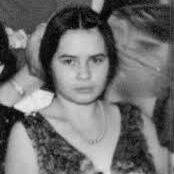
PROPOSITION
Xiupeng Chen – Faculteit Science and Engineering
‘We have two ears and one mouth so that we can listen twice as much as we speak.’ (Epictetus)

Posthumous honour
Anda Kerkhoven (1919-1945) is posthumously honoured in several locations in and around the city of Groningen. She is pictured, together with Aletta Jacobs, on one of the five stained glass commemorative windows in the Academy Building, created by Johan Dijkstra. The painter from Groningen also portrayed Anda (on top right), who had a talent for drawing herself, several times throughout her life.
In addition, the reception room of the Groningen Town Hall was named after her. The same applies to a planetoid as well as the newest teaching building at the UMCG, the Anda Kerkhoven Centre. In the Quintus Forest, one can find a memorial for Anna, and a Stolperstein was placed in front of the house at De Ranitzstraat 3A.
“
‘Unfortunately, we were
unable to find any peers who
had known her’
TEXT: LIEKE VAN DEN KROMMENACKER
During World War II, one female student in Groningen was executed by the Germans for
her deeds in the resistance: Anda Kerkhoven. In Anda Kerkhoven. Een student in het Gronings verzet
(A student in the Groningen resistance), father and son René and Jesper Westra, former students
of the University of Groningen, look back on her heroic life.
When the young student Anda Kerkhoven arrives at her home in the De Ranitzstraat 3A in Groningen on 27 December 1944, she looks right down the barrels of four guns. Earlier that evening, four officers of the Sicherheitsdienst (Security Service; SD) had stormed into the house looking for her. They search her aggressively, but Anda manages to slip away into the bathroom. Locked away in the smallest room of the house, she swiftly swallows a piece of paper. The addresses of the safe houses on it disappear down her throat just before the officers break through the door and overpower her. Anda was betrayed.
Quintus Forest
Less than three months later, on 19 March 1945, she is in the back-seat of a Jeep. It is almost eight o’clock in the evening, and in a little more than three weeks, Groningen will celebrate its liberation. But Anda will not be there to live it. Three SD officers drive her outside the city, to the Quintus Forest near Glimmen, where, on a sandy road, Anda and fellow passenger Gerrit Boekhoven have to step out. Not long after, four shots are heard. The bullets hit Anda and Gerrit, first in their backs, then in their necks. Their bodies end up in a hole in the ground in the forest.
Executed
Both Anda and Gerrit participated in the resistance; Gerrit was head of the group ‘De Groot’, which Anda had also joined as a student. As a pacifist in heart and soul, she forged identity cards, and distributed coupons and pamphlets. She also helped house people in hiding. Anda is the only female student in Groningen who was executed by the Germans for her work in the resistance.
A girl with principles
‘Anda was a girl with a lot of principles,’ according to René Westra. Together with his son Jesper, he wrote the book Anda Kerkhoven. Een student in het Gronings verzet, which came out this spring. Just like Anda, the Westras studied in Groningen; René (1950) studied biology and Jesper (1992) studied history. In 2018, they became fascinated by Anda after René attended a lecture about her in the Academy Building. ‘Such a young woman in the resistance, born in the Dutch East Indies, with such beautiful ideas on pacifism, vegetarianism, and awareness of nature – I thought that was very special,’ says René. Jesper: ‘Above all, she wanted to engage in non-violent resistance, which made a big impression on me.’
Untold story
Although many stories of resistance fighters, mostly those of men, have become part of our collective memory, Anda’s story remained untold. René and Jesper found that unjust, which is why they took action.
Jesper, a historian, helped his father find his way around archival research. René focussed mostly on the text, which was edited and footnoted by Jesper. This way, they created a richly illustrated book that reads like a modest biography – modest, because the authors only had access to written sources. René: ‘Unfortunately, we were unable to find any peers who had known her.’
Plantation in West Java
Anda Kerkhoven was born on 10 April 1919, during a holiday near Paris. Her parents were well-off and owned a cinchona and rubber plantation in West Java. They split in 1929 and Anda was raised by her father on the plantation.
Already at that time, she proves to be a girl with principles. At a young age, she turns vegetarian, and she strongly opposes animal testing. This gets her in trouble during her medical studies at the Medical Faculty of Batavia, where dissecting live animals is a mandatory part of the curriculum.
Real outsider
Only in Groningen can she study medicine without having to do vivisections. In 1938, she therefore departs to the north, where she finds a room above a bicycle store on Oude Kijk in ’t Jatstraat.
She stands out as a student, both because of her Asian appearance and her outspoken and pacifistic viewpoints. They call her ‘our Eskimo’ at the Social Democratic Student Club. René: ‘At her student association, Magna Pete, she also was a real outsider.’ Anda was successful at her studies and obtained her Candidate degree with cum laude distinction.
Anti-Semitism
Anda likes to get involved in the public debate. In Der Clercke Cronike, the student magazine she writes for, she calls the persecution of the Jews in Germany ‘an example of insanity.’ Her contributions are also met with resistance, as is evident from the angry responses she receives to some of her pieces, such as the time she accused the Jews of obtaining money by ‘cunning methods’, a survival strategy resulting from their oppression. Several readers accuse Anda of anti-Semitism.
Foolish argument
Jesper: ‘Unfortunately, these types of anti-Semitic ideas were very common in 1938. Besides, she was
19 years old, still very young, and she had a very protected upbringing. She used a foolish argument, probably intending to put herself in the shoes of these Jewish people. So I think that in many ways, we can take her as an example. She acted on her ideals and was willing to die for them. She always chose non-violence over violence and was compassionate towards her fellow people. She even tried to put herself in the enemy's shoes.’ Imagine that happening now, Jesper and his father are trying to say.
Heroic
Although René and Jesper do not know exactly what moved Anda to join the resistance, they find it hard to stomach that her ideals cost her her live. Even during her imprisonment in the detention centre on the Helperlinie, where she was beaten more severely because of her Asian background, she cared more for others than for herself. ‘When I try to imagine that, I suspect that in a situation like that, it may be easier to focus on others instead of yourself,’ Jesper says. ‘Otherwise, you break down.’ René: ‘She always remained strong; we find that incredibly heroic.’



READING TIME: 5 MINUTES
Anda Kerkhoven
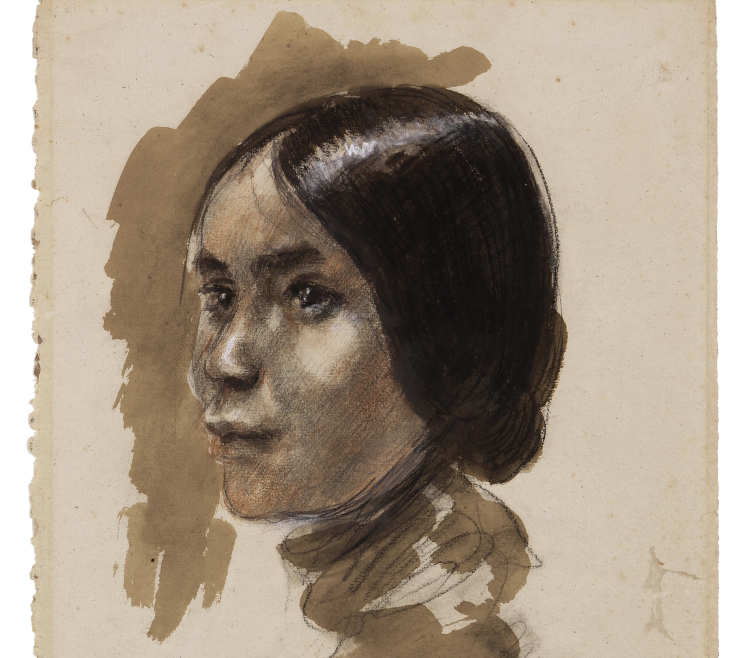
PROPOSITION
Xiupeng Chen – Faculteit Science and Engineering
‘We have two ears and one mouth so that we can listen twice as much as we speak.’ (Epictetus)
PAINTINGS: JOHAN DIJKSTRA

Tragic love story
Much remains unknown about Anda’s student life in Groningen. However, after the book was published, René and Jesper heard a story about her love life, which also ended tragically. Anda is said to have had a relationship with a student she knew from her drawing club. On a boat trip on the Leekster Lake, he reportedly fell off the boat and drowned.
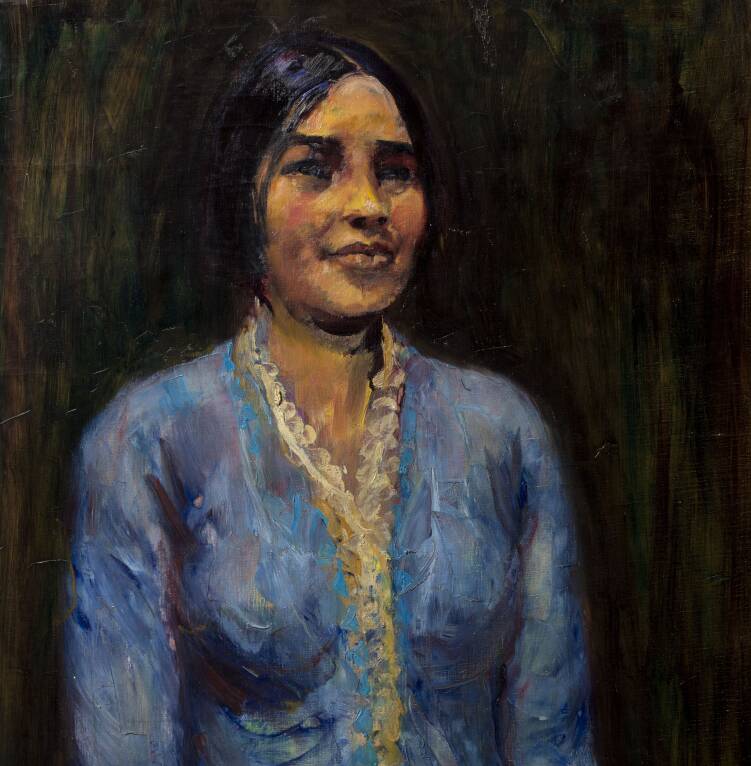
“
‘Unfortunately, we were
unable to find any peers who
had known her’

When the young student Anda Kerkhoven arrives at her home in the
De Ranitzstraat 3A in Groningen on
27 December 1944, she looks right down the barrels of four guns. Earlier that evening, four officers of the Sicherheitsdienst (Security Service; SD) had stormed into the house looking for her. They search her aggressively, but Anda manages to slip away into the bathroom. Locked away in the smallest room of the house, she swiftly swallows a piece of paper. The addresses of the safe houses on it disappear down her throat just before the officers break through the door and overpower her. Anda was betrayed.
Quintus Forest
Less than three months later, on 19 March 1945, she is in the back-seat of a Jeep. It is almost eight o’clock in the evening, and in a little more than three weeks, Groningen will celebrate its liberation. But Anda will not be there to live it. Three SD officers drive her outside the city, to the Quintus Forest near Glimmen, where, on a sandy road, Anda and fellow passenger Gerrit Boekhoven have to step out. Not long after, four shots are heard. The bullets hit Anda and Gerrit, first in their backs, then in their necks. Their bodies end up in a hole in the ground in the forest.
Executed
Both Anda and Gerrit participated in the resistance; Gerrit was head of the group ‘De Groot’, which Anda had also joined as a student. As a pacifist in heart and soul, she forged identity cards, and distributed coupons and pamphlets. She also helped house people in hiding. Anda is the only female student in Groningen who was executed by the Germans for her work in the resistance.
A girl with principles
‘Anda was a girl with a lot of principles,’ according to René Westra. Together with his son Jesper, he wrote the book Anda Kerkhoven. Een student in het Gronings verzet, which came out this spring. Just like Anda, the Westras studied in Groningen; René (1950) studied biology and Jesper (1992) studied history. In 2018, they became fascinated by Anda after René attended a lecture about her in the Academy Building. ‘Such a young woman in the resistance, born in the Dutch East Indies, with such beautiful ideas on pacifism, vegetarianism, and awareness of nature – I thought that was very special,’ says René. Jesper: ‘Above all, she wanted to engage in non-violent resistance, which made a big impression on me.’
Untold story
Although many stories of resistance fighters, mostly those of men, have become part of our collective memory, Anda’s story remained untold. René and Jesper found that unjust, which is why they took action.
Jesper, a historian, helped his father find his way around archival research. René focussed mostly on the text, which was edited and footnoted by Jesper. This way, they created a richly illustrated book that reads like a modest biography – modest, because the authors only had access to written sources. René: ‘Unfortunately, we were unable to find any peers who had known her.’
Plantation in West Java
Anda Kerkhoven was born on 10 April 1919, during a holiday near Paris. Her parents were well-off and owned a cinchona and rubber plantation in West Java. They split in 1929 and Anda was raised by her father on the plantation.
Already at that time, she proves to be a girl with principles. At a young age, she turns vegetarian, and she strongly opposes animal testing. This gets her in trouble during her medical studies at the Medical Faculty of Batavia, where dissecting live animals is a mandatory part of the curriculum.
Real outsider
Only in Groningen can she study medicine without having to do vivisections. In 1938, she therefore departs to the north, where she finds a room above a bicycle store on Oude Kijk in ’t Jatstraat.
She stands out as a student, both because of her Asian appearance and her outspoken and pacifistic viewpoints. They call her ‘our Eskimo’ at the Social Democratic Student Club. René: ‘At her student association, Magna Pete, she also was a real outsider.’ Anda was successful at her studies and obtained her Candidate degree with cum laude distinction.
Anti-Semitism
Anda likes to get involved in the public debate. In Der Clercke Cronike, the student magazine she writes for, she calls the persecution of the Jews in Germany ‘an example of insanity.’ Her contributions are also met with resistance, as is evident from the angry responses she receives to some of her pieces, such as the time she accused the Jews of obtaining money by ‘cunning methods’, a survival strategy resulting from their oppression. Several readers accuse Anda of anti-Semitism.
Foolish argument
Jesper: ‘Unfortunately, these types of anti-Semitic ideas were very common in 1938. Besides, she was
19 years old, still very young, and she had a very protected upbringing. She used a foolish argument, probably intending to put herself in the shoes of these Jewish people. So I think that in many ways, we can take her as an example. She acted on her ideals and was willing to die for them. She always chose non-violence over violence and was compassionate towards her fellow people. She even tried to put herself in the enemy's shoes.’ Imagine that happening now, Jesper and his father are trying to say.
Heroic
Although René and Jesper do not know exactly what moved Anda to join the resistance, they find it hard to stomach that her ideals cost her her live. Even during her imprisonment in the detention centre on the Helperlinie, where she was beaten more severely because of her Asian background, she cared more for others than for herself. ‘When I try to imagine that, I suspect that in a situation like that, it may be easier to focus on others instead of yourself,’ Jesper says. ‘Otherwise, you break down.’ René: ‘She always remained strong; we find that incredibly heroic.’
During World War II, one female student in Groningen was executed by the Germans for her deeds in the resistance: Anda Kerkhoven. In Anda Kerkhoven. Een student in het Gronings verzet (A student in the Groningen resistance), father and son René and Jesper Westra, former students
of the University of Groningen, look back on her heroic life.
TEXT: LIEKE VAN DEN KROMMENACKER